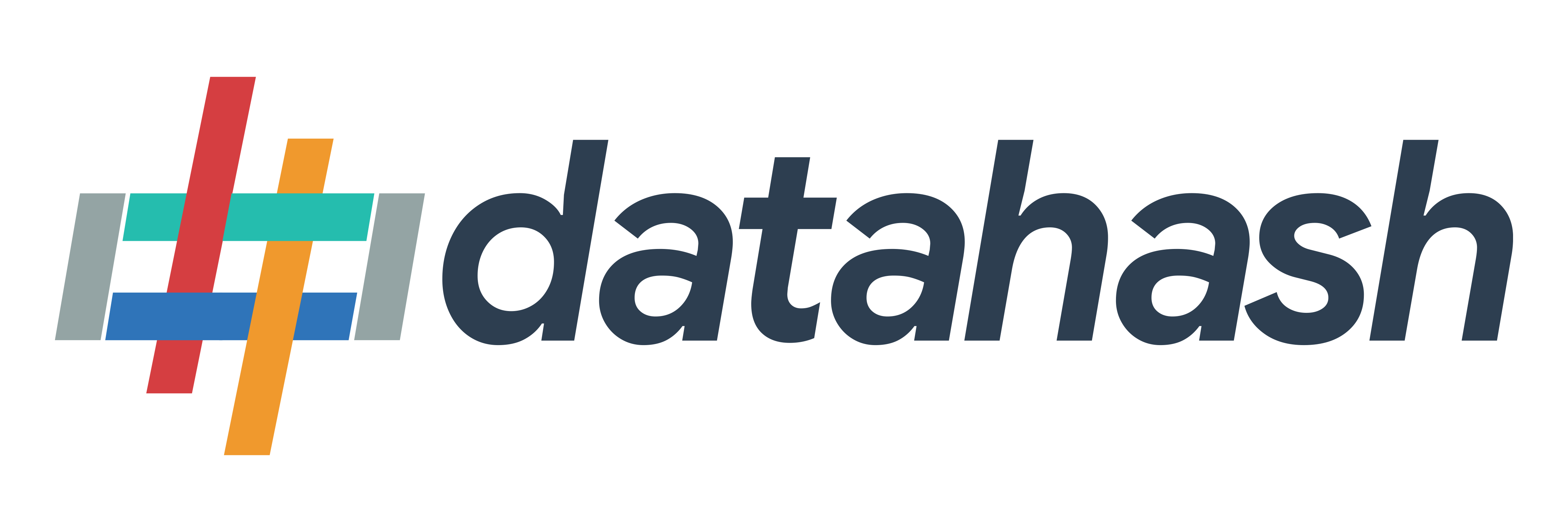Video Walkthrough
Description
The Instagram Conversions API (CAPI) allows you to send customer events (e.g., leads, purchases, subscriptions) directly from your server or Datahash to Meta’s Business Manager. This ensures more reliable conversion tracking, especially when browser-side signals are blocked or lost.
Pre-requisites
- Facebook Business Manager account with Pixel access.
- A Dataset ID and Access Token (if setting up manually).
- A Datahash account with access to configure destinations.
Getting Started:
- Go to Datahash Studio
- Enter your credentials to log in.
- Navigate to Meta category under Destinations in the right section.
- Click on the Instagram Conversions API connector tile.
Connector Implementation Options
- You can set up the connector either via Single Sign-On (recommended) or Manual setup.
Single Sign-On (SSO)
- Choose the Business Account you want to integrate.
- Select the Pages you want to give access to.
- Select the Instagram Account you want to connect.
- Grant the required permissions.
- Provide a name for the connection.
- Choose the Facebook Page you want to integrate.
- Select the Dataset ID associated with that page.
- Click Finish to complete the setup.
- The setup has been added successfully.
Manual Setup
- Provide the Dataset ID and the Access Token.
- Click on Validate Credentials.
- Once validated, click Finish to complete the setup.
- The setup has been established successfully.
Finding Pixel ID and Access Token
- Log in to Facebook Business Manager.
- Select the appropriate business account you wish to integrate.
- Go to the Settings tab.
- Find the Pixel ID under the Pixel ID header.
- Scroll down to Conversion API section → click Set up manually.
- Click Generate Access Token to retrieve the token.
- Enter the Pixel ID and Access Token in Datahash Dashboard → click Close.
Access Sharing – Adding Datahash Pixel in Meta Business Manager
- In Meta Business Manager, go to Business Settings.
- Under Users, click People.
- Click Add (blue button).
- Enter Email ID → analytics@datahash.com and enable Employee Access.
- Under Assign Access, go to Pixels.
- Select your Pixel and enable Employee Access.
- Click Invite.
Implementation & QA Flow
- Once implemented in Datahash, pre-implementation QA will be done.
- Clients will be asked to publish GTM.
- After GTM publish, post-production QA will be performed.
- A handover document will be shared to close implementation.
Standard Events Mapping
| Neotag Event Name | Facebook Standard Event Name |
| neotag.page() | PageView |
| view_item | ViewContent |
| add_to_wishlist | AddToWishlist |
| add_to_cart | AddToCart |
| subscribe | Subscribe |
| submit_application | SubmitApplication |
| start_trial | StartTrial |
| search | Search |
| schedule | Schedule |
| purchase | Purchase |
| lead | Lead |
| begin_checkout | InitiateCheckout |
| find_location | FindLocation |
| donate | Donate |
| customize_product | CustomizeProduct |
| contact | Contact |
| complete_registration | CompleteRegistration |
| add_payment_info | AddPaymentInfo |
Notes:
- For Purchase event, properties.currency is mandatory.
- For Search events, query must be a string.
- If properties.currency is missing in Order Completed, default = USD.
Custom Events
- Any event not matching standard mappings will be categorized as Custom Event.
- Event properties should align with Facebook standard event requirements.
Deduplication Rules
- Events may be sent via both Browser Pixel and Conversions API.
- Deduplication is based on:
- Same Facebook Pixel ID
- Same event_name (e.g., Purchase)
- Same event_id (unique, e.g., order number)
Connect to Sources:
Facebook’s CAPI Destination can be connected to various platforms such as websites, marketing automation tools, warehouses, apps, and ecommerce stores through Event Streams and Cloud Apps. The eligible sources include Website/JavaScript SDK, App, Ecommerce Stores (Shopify, WooCommerce), Big Query, Moengage, Braze, and Clevertap.
Web Sources:
- Website/JavaScript SDK
- App
- Ecommerce Stores (Shopify, WooCommerce)












